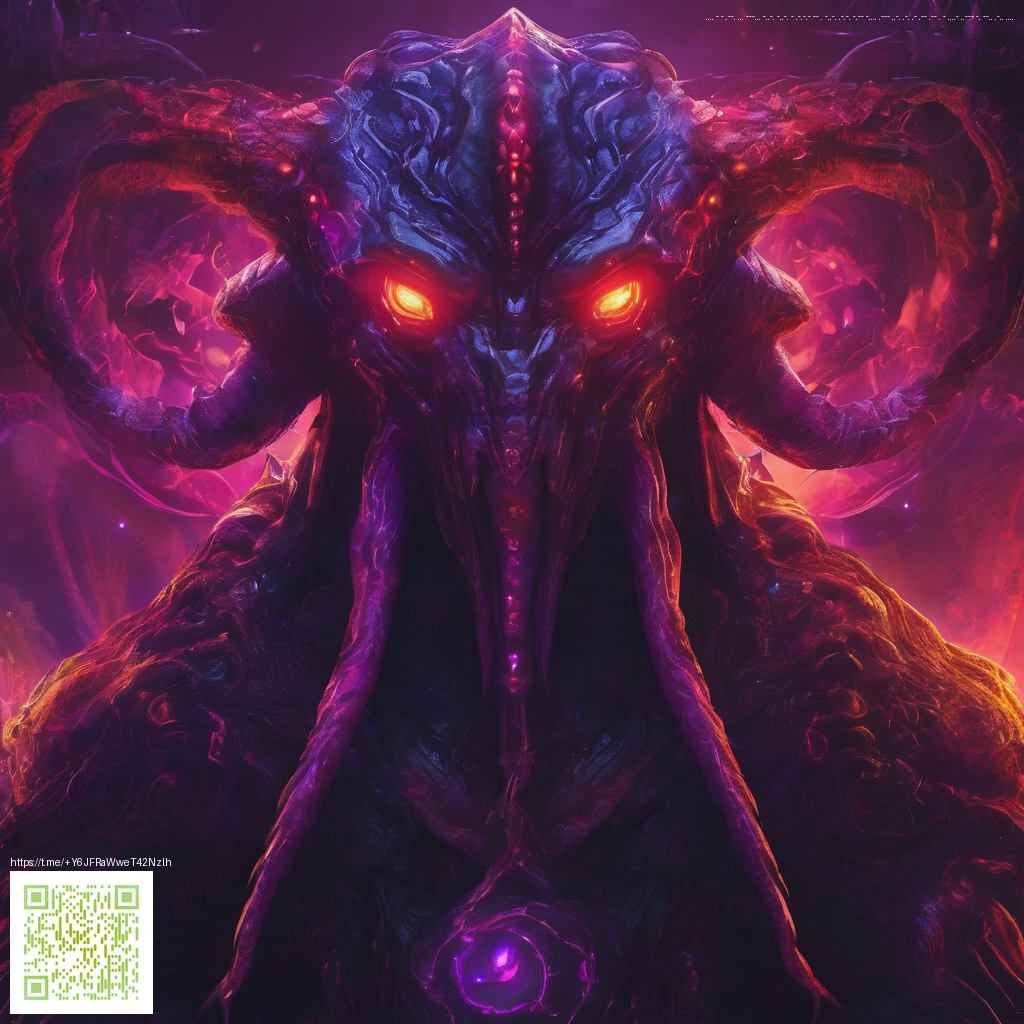
Understanding Censorship Resistance in Web3
Censorship has long been a contention point online, where gatekeepers—whether a platform, a government, or a single company—decide what content is permissible. Web3 reframes this dynamic by distributing authority across countless participants, so there isn't a single choke point that can silence information. In this landscape, censorship-resistance becomes less about removing rules altogether and more about ensuring that no central actor can permanently erase or alter content without broad consensus.
“When no single gatekeeper holds all the keys, information can travel along many paths. resilience grows where networks are open and decentralized.”
Key mechanisms powering censorship resistance
Several architectural choices work together to keep information accessible in Web3 contexts. First, decentralized storage and content-addressed data mean that content lives across multiple nodes rather than in one silo. Technologies such as IPFS or similar distributed storage systems retrieve data by its unique hash, making it far harder for a single party to remove or alter a piece of information once it exists.
Second, blockchain-based consensus and tokenized governance align incentives to maintain data integrity and availability. Nodes that share and validate data participate in a merit-based ecosystem where the cost of collusion is higher than the payoff of keeping content online. Third, privacy-preserving cryptography and verifiable identities enable individuals to publish and verify information without exposing themselves to centralized censorship mechanisms.
Beyond storage and verification, peer-to-peer distribution and edge computing empower communities to host and replicate content where it’s needed most. This distribution reduces reliance on any one geographic or corporate jurisdiction, making takedowns more arduous and slower to propagate.
From concept to everyday use
In practice, these principles translate into applications where content remains accessible even if traditional platforms falter. Decentralized social networks, distributed hosting for forums or journalism, and streaming platforms built on trust-minimized architectures demonstrate the practical resilience Web3 promises. For developers and creators, the shift is not just about technology; it’s about rethinking moderation, consent, and data sovereignty in a more open, participatory environment.
As you explore how this translates to the real world, consider the value of reliable hardware alongside decentralized software—tools that keep you connected when networks are under pressure. For example, this rugged phone case with a card holder is available here: Phone Case with Card Holder — Glossy Matte Polycarbonate. It’s a practical reminder that resilient access hinges on both robust infrastructure and dependable devices.
To better understand how these ideas are demonstrated in action, you can review the project page at https://101-vault.zero-static.xyz/index.html. It showcases how decentralization concepts map to tangible experiences and open access in a way that traditional, centralized models strug gle to match.
Practical considerations for builders and users
- Latency vs. availability: Decentralized networks can be slower to fetch data, but redundancy mitigates outages.
- Cost and complexity: Operating in a distributed environment may incur higher development and storage costs; the payoff is resilience.
- Moderation and governance: Consensus mechanisms shape what remains accessible, so clear policies and transparent processes matter.
- Privacy implications: Public ledgers and data replication raise important considerations about what is stored and who can access it.
- Interoperability: Standards and open protocols enable tools to work together, amplifying censorship resistance across platforms.
For users, the takeaway is simple: embrace tools that emphasize open access, verifiable content, and distributed storage, while staying mindful of trade-offs between speed, cost, and privacy. For builders, the focus should be on designing with redundancy, governance, and user empowerment in mind—so censorship resistance remains a feature, not a workaround.